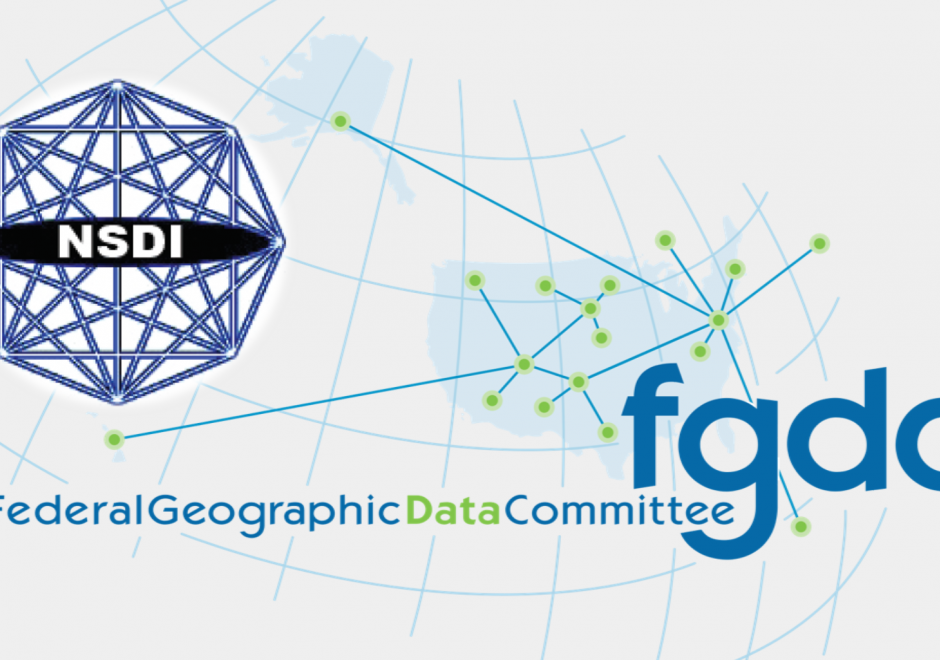DA-36 - GIS&T in Public Policy

Public policy is the formal and informal guiding principles that are used by governments and other decision-making entities to guide our everyday lives. Geographic Information Science and Technology (GIS&T) has had an impact on the public policy process since GIS&T’s earliest beginnings in the 1960s. Advances in the development and availability of both geospatial technology and geospatial data paralleled a growing use of data-driven rational planning and decision-making models in policy making at all levels of government. Today more than ever, successful public policy depends on high-quality data and the technology that communicates its meaning effectively. Beyond the rational application of scientific or systematic methods, public policy is about values and how values affect, and are affected by, policies. This requires delivery of credible information in a transparent, understandable form not only to decision makers responsible for adopting policy, but also to various categories of stakeholders whose behavior will be impacted in some way by the policy’s implementation. GIS&T continues to play an important role in that endeavor, including making value conflicts more seeable and knowable. Included in the entry is a summary of the public policy process and its participants, followed by a brief overview of how GIST’s role in public policy has evolved over the last 50 years. The entry concludes by outlining a sample of real-world applications and presenting a discussion of related issues and future considerations.



DM-79 - U.S. National Spatial Data Infrastructure
Spatial data infrastructures may be thought of as socio-technical frameworks for coordinating the development, management, sharing and use of geospatial data across multiple organizational jurisdictions and varying geographic extents. The United States was an early adopter of the SDI concept and the U.S. National Spatial Data Infrastructure (NSDI) is an example of a country-wide SDI implementation facilitated by coordination at the federal-government level. At the time of its establishment in the early 1990s, a unique characteristic of the NSDI was a mandate for federal agencies to establish partnerships with state- and local-level government. This entry summarizes the origins of the NSDI’s establishment, its original core components and how they’ve evolved over the last 25 years, the role of the Federal Geographic Data Committee (FGDC), and the anticipated impact of passage of the Geospatial Data Act of 2018. For broader technical information about SDIs, readers are referred to GIST BoK Entry DM-60: Spatial Data Infrastructures (Hu and Li 2017). For additional details on the history of the NSDI, readers are referred to Rhind (1999). For the latest information on recent and emerging NSDI initiatives, please visit the FGDC web site (www.fgdc.gov).